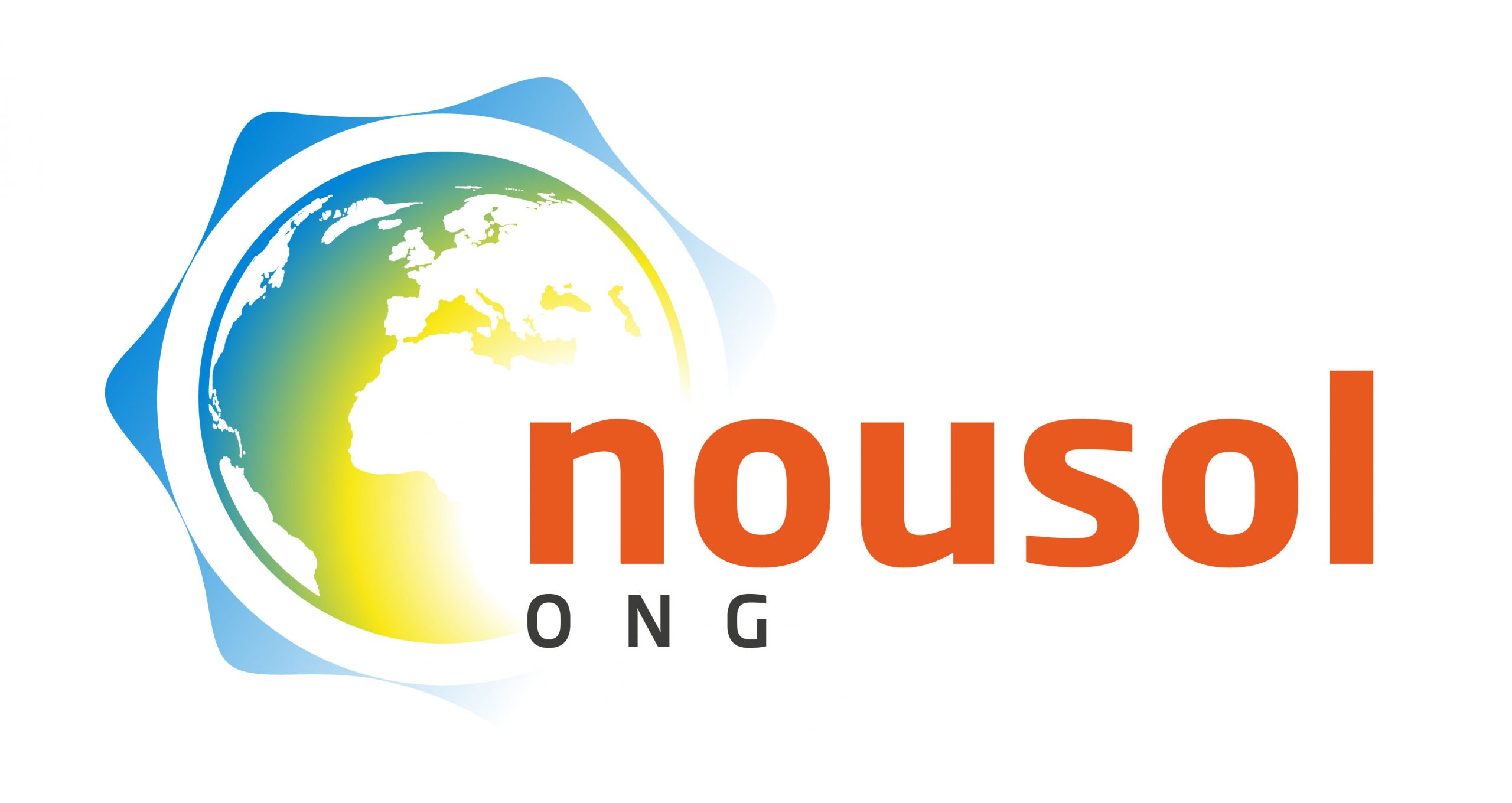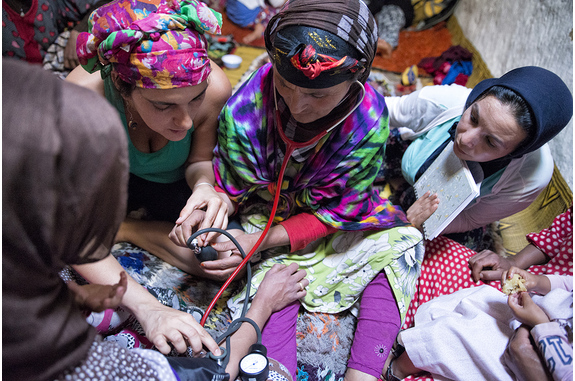PROJECT SUMMARY
The cooperative project for awareness in perinatal health care in the Middle Atlas intends to improve the maternal and child health, and the welfare of pregnant women and children, by training the traditional midwives, offering updated courses to professional midwives, and encouraging cooperation between both groups of midwives and the local health system. This would benefit people who do not have proper access to the health services due to sociocultural barriers, limited financial resources or remote living conditions.
THEORETICAL FRAMEWORK
According to World Health Organization (WHO), approximately 500 thousand women and 3 million newborns die each year from preventable causes related to pregnancy and childbirth. Thirteen million children die each year before the age of 5. The 99 percent of these deaths happen in populations with limited socioeconomic resources, and it has been estimated that 90 percent of these could be avoided with proper health care and nutrition before, during and after childbirth. (WHO, May 2014).
Basic prenatal care, good nutrition during pregnancy, and childbirth assisted by a competent person, considerably reduce perinatal morbidity and mortality rates. Experiences and studies in various places of the world show that the most helpful interventions to reduce perinatal morbidity and mortality rates are training midwives in better practices of perinatal care, as well as consolidating relations with the existing maternal health services and improving the quality of these services.
Global models that have been successful in similar contexts have five factors in common: sustainability, cultural sensitivity, respectful care, compentency in care , and love and compassion in action—by the way of being with family, community, staff and volunteers. (Midwifery Today, Issue 114, Summer 2015).
MIDWIVES
They are people with the knowledge to attend childbirth and to offer prenatal and gynecological care. In addition they provide emotional support during pregnancy, at the time of delivery and in the postpartum period. They focus on pregnancy and childbirth as natural events of life. We will distinguish here between two types of midwives, since the project is based on the training and collaboration between them.
CERTIFIED MIDWIFE
A health care professional who has graduated from college or technical training. Professional midwives usually work within the private or public health system, assist childbirth in hospitals and clinics (in some countries also homebirth) and their training and experience is mainly in urban settings. They generally work in hospitals together with doctors, nurses and other health care practitioners. They can do prenatal controls, and provide care during pregnancy, birth and postpartum, detecting and transfering to the medical team the cases that present pathology. They are usually young women when they study, and most of them begin to practice their profession before having had children.
TRADITIONAL MIDWIFE
A woman who has already had children, assists the mother during birth and postpartum, and who has acquired her knowledge of midwifery from personal experience or learning as an apprentice with another midwife . Although the individual characteristics of traditional midwives differ from one culture to another, they have some common characteristics. In general, a traditional midwife is a mature woman who is part of the community where she provides her services, she speaks the local language and does not only understand the cultural and religious system but is also a part of it. She is usually an intelligent, empowered woman, chosen by the women of her family or community because of her experience and common sense. Many traditional midwives have a dynamic personality, their authority is acknowledged by other women, and they have earned the trust and respect or their community.
Most deaths and injuries during pregnancy and childbirth can be avoided by analyzing and treating their deeper causes. In order to do this, the community must see beyond each woman’s particular experience. We must analyze the common problems that affect all women during pregnancy and birth.
As midwives have the most experience with childbirth, they can explain to other people in the community why some women die or are injured during birth. Families, midwives, and other health workers and community members can work together to make small and big changes that can improve everybody’s health. When all the members of a community are interested in their health and work towards it, they achieve much more than a single midwife.
A Cochrane review found that compared to other models, the midwifery model of care leads to fewer fetal deaths during the first half of pregnancy, fewer hospitalizations during pregnancy, less use of analgesia during labor and childbirth, and more spontaneous vaginal births.
All studies included in this review were been conducted in high-income countries (Australia, Canada, New Zealand and the UK), but given that midwives are primary providers of prenatal care in most low-income countries, the findings of the review could be extrapolated to women’s health care in middle and low-income countries.
BENEFICIARIES
The direct beneficiaries are:
- Traditional midwives of the Middle Atlas.
- Women and children in isolated and remote towns of the Middle Atlas.
- Midwives that work in hospitals in the state of Beni Mellal.
Indirect beneficiaries are:
- The rural communities of the Middle Atlas, through the trainings and courses that will be conducted in different towns.
- World, all the people that have access to our social networks, photographs or multimedia documentaries.

